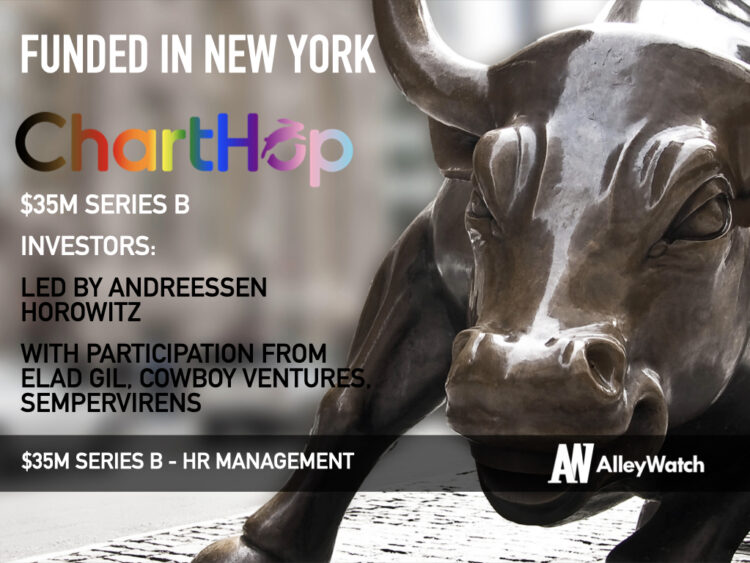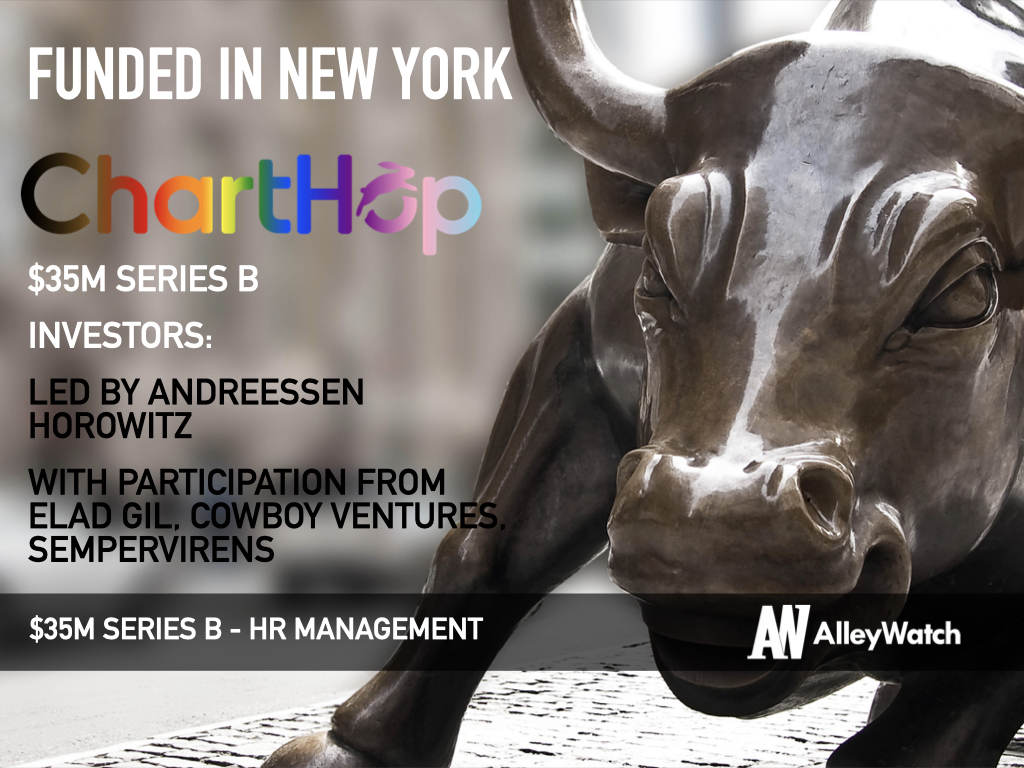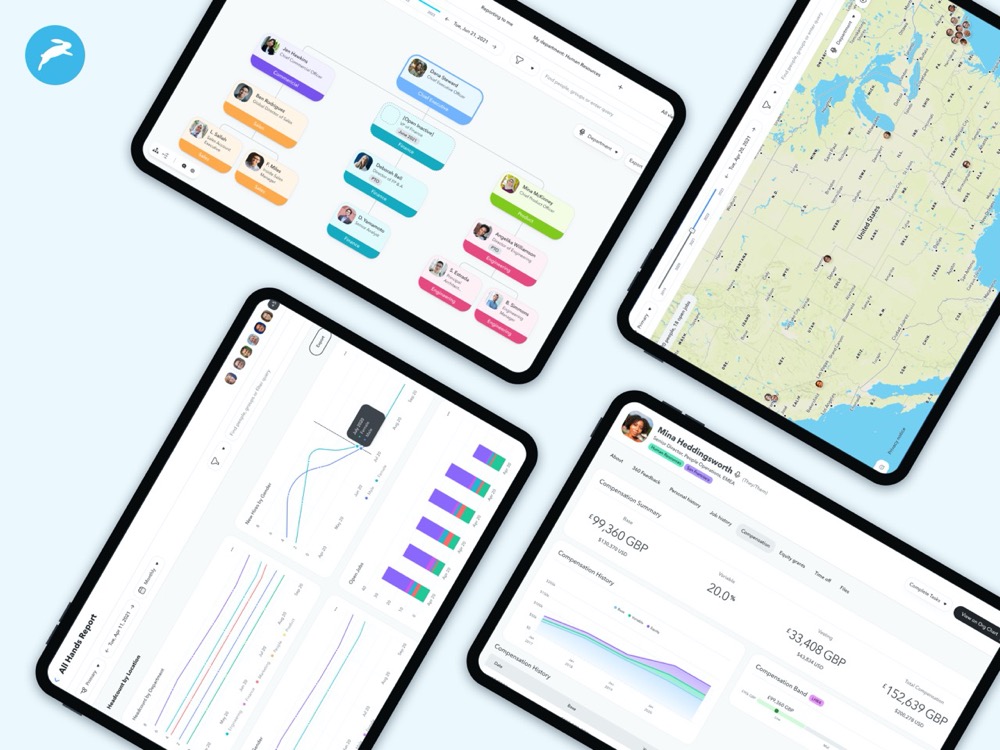The evolution of a successful company involves a typical storyline that goes from the founding team focusing on product and growth at the earliest stages to the founders’ roles transitioning to storytelling and finding, engaging, and retaining the right talent after product-market-fit is established. Initially, with a small team, it’s more manageable for management to understand employee capabilities, motivation, and how these align with the company’s goals long-term and short. ChartHop is an organizational management platform that provides unprecedented and automated insight into a company’s talent pool at a holistic level, enabling companies to effectively manage, understand, and visualize the organizational structure as they scale. The platform integrates with a growing number of HR data providers to seamlessly enable organizational decision-making for things like tying compensation directly to performance data or tracking the effectiveness of DE&I (Diversity, Equity, and Inclusion) efforts. The company now has 130+ corporate customers and has grown revenue 500% over the last year, attracting its third round of funding in the last 18 months.
AlleyWatch caught up with CEO, Founder, and serial entrepreneur Ian White (cofounded Sailthru) to learn more about how ChartHop has built the ultimate people analytics platform, the company’s strategic plans, latest round of funding, which brings the total funding raised to $54M, and much, much more.
Who were your investors and how much did you raise?
ChartHop raised a $35M Series B round. The round was led by Andreessen Horowitz and joined by Elad Gil, and previous investors Cowboy Ventures and SemperVirens.
Tell us about the product or service that ChartHop offers.
ChartHop offers an innovative approach to people analytics allowing companies to aggregate and visualize their HR data, providing alignment, clarity, and context across all levels of an organization.
Unlike legacy People analytics solutions, ChartHop is designed to be used by the whole organization. This helps companies improve organizational health, drive alignment and accountability, and save time and money.
Our focus, unlike almost any traditional HR system, has been on API-first integrations. In fact, we have 85 integrations and adding more regularly. Typically, HR systems haven’t been designed as API-first or integration-first, but we’ve made this a priority because pulling all the HR data together out of so many disparate systems is historically such an acute problem for HR leaders. The number of systems that ChartHop integrates with is significantly higher than anyone else out there, not just companies of our size but also those companies that have been in the space a long time.
What market does ChartHop target and how big is it?
ChartHop is for companies of all sizes, although most of our customer base is in the mid-market. Human capital management software is an enormous and fast-growing space with an estimated $20B in annual market size just today.
What’s your business model?
ChartHop is a typical SaaS (software-as-a-service) model, though unlike many SaaS businesses we don’t price on a per-seat basis, but rather on a per-employee basis (meaning if you are a 500-person company, you would pay the monthly package price multiplied by 500). We have four different tiers of packages that we sell to customers ranging from $3.50/month to $10/month per employee.
How has the business changed since we spoke after your Series A round in the early fall?
The company has evolved a lot in the past year. We’ve grown the company from 10 employees to over 70, grown revenue by 500%, and nearly quadrupled our customer count.
What was the funding process like?
The funding process was really smooth. We had strong interest from a lot of top tier VCs, but Andreessen Horowitz has been such a great partner for us from our seed and Series A rounds that it was a no-brainer to continue with them.
What are the biggest challenges that you faced while raising capital?
Picking the right partners is important — lots of investors can write a check, but the more important aspect is the partnership and support. In both our lead and supporting investors, I looked for belief in the business and strong operating experience.
What factors about your business led your investors to write the check?
Our investors recognized, as we have, that the strategic elevation of the data-driven people leader is at hand. But strangely, technology for HR teams has lagged behind all other functions, despite the fact that a company’s most important asset is their people. ChartHop is filling this void, and the incredible demand we’ve seen shows that we’re addressing pains that companies are feeling as they try to thoughtfully manage their people.
What are the milestones you plan to achieve in the next six months?
By the end of the year, we plan to hit 120 employees, up from our current 70, and next year we expect to roughly double that.
What advice can you offer companies in New York that do not have a fresh injection of capital in the bank?
New York is on its way back and while there have been so many challenges in the past year, in many ways there’s never been a better time to build a company. Focus on building and taking care of your team members, focus on the customer and their needs.
New York is on its way back and while there have been so many challenges in the past year, in many ways there’s never been a better time to build a company. Focus on building and taking care of your team members, focus on the customer and their needs.
Where do you see the company going now over the near term?
We have immediate plans to grow the team to roughly 120 people by the end of the year, and will continue to invest in building depth and breadth to our platform.
What’s your favorite outdoor dining restaurant in NYC?
Too many to pick just one, but my wife and I are excited to celebrate her birthday at Shuko’s outdoor seating.







